Sugar gliders are fascinating pocket pets known for their adorable appearance and unique gliding abilities. These marsupials are native to Australia, Indonesia, and Papua New Guinea and have become increasingly popular as exotic pets. However, creating the right environment for these small creatures requires careful planning and attention to detail. Sugar gliders are social, nocturnal animals with specific needs for their physical and emotional wellbeing. This comprehensive guide will walk you through everything you need to know about setting up the perfect sugar glider habitat that promotes their natural behaviors while keeping them safe, healthy, and happy in your home.
Understanding Sugar Glider Natural Habitat
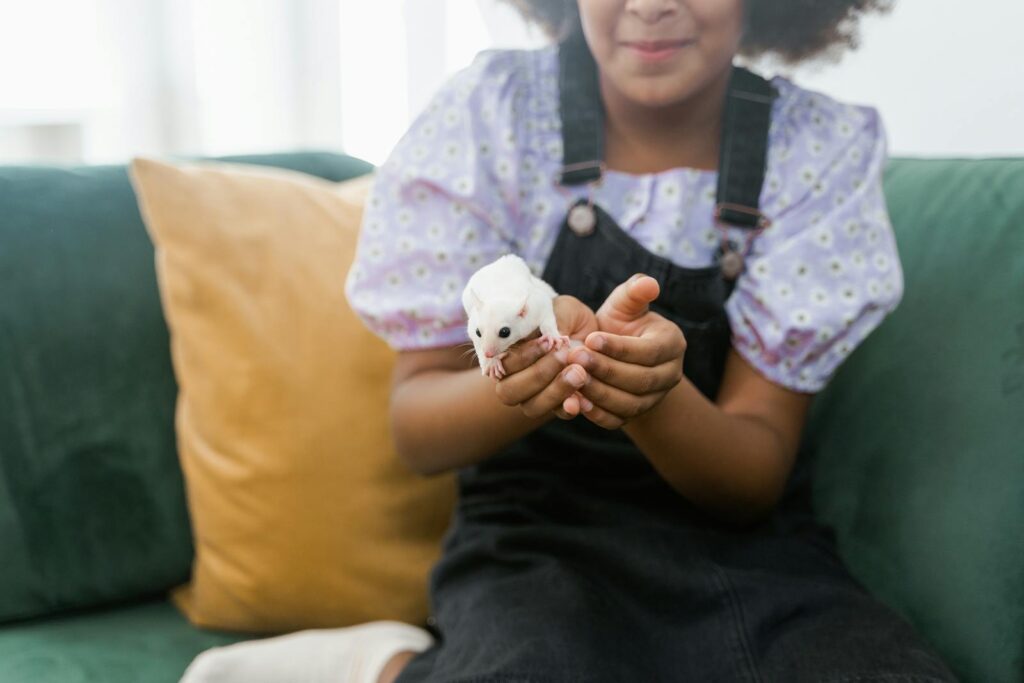
In the wild, sugar gliders live in the forests of Australia, Indonesia, and Papua New Guinea, where they spend most of their time in trees. They naturally inhabit hollowed tree trunks and branches, using these spaces as protection from predators and the elements. Sugar gliders are highly social creatures, living in colonies of up to 12 members where they engage in social bonding, mutual grooming, and communal nesting. They are also nocturnal, becoming active at night when they forage for food, which primarily consists of tree sap, nectar, and insects. Understanding these natural behaviors and habitat preferences is crucial for replicating an environment that will allow your pet sugar glider to thrive in captivity.
Selecting the Right Cage Size
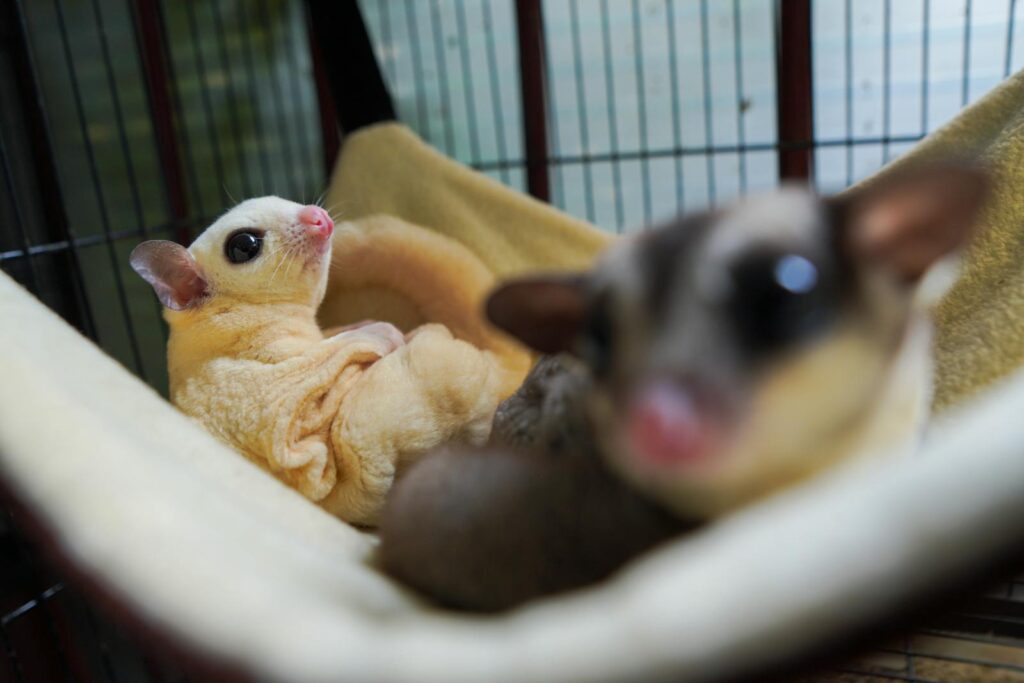
The cage is the foundation of your sugar glider’s habitat and requires careful consideration regarding size and dimensions. For a pair of sugar gliders (they should never be kept alone), the minimum cage size should be 24″ x 24″ x 36″, though larger is always better. Vertical space is particularly important as sugar gliders are arboreal creatures that naturally climb and glide in their environment. A tall cage provides ample room for this natural behavior and contributes significantly to their physical health and mental stimulation. The spacing between cage bars should be no more than 1/2 inch to prevent escapes, as sugar gliders are remarkable escape artists with their small, flexible bodies. Remember that these active creatures need space to move, jump, and glide, so investing in the largest cage you can afford and accommodate in your home will benefit your pet’s overall wellbeing.
Choosing Cage Materials and Construction

The material of your sugar glider’s cage plays a significant role in both safety and maintenance. Powder-coated wire cages are generally recommended as they resist rust, are easy to clean, and provide excellent ventilation. Avoid cages with galvanized wire, particularly those with zinc coating, as sugar gliders may chew on the bars and ingest harmful metals that can lead to zinc toxicity. The construction should be sturdy with secure latches that sugar gliders cannot manipulate, as these clever creatures can learn to open simple mechanisms. Multi-level cages designed for sugar gliders or large bird cages often work well, providing various platforms for climbing and exploring. When selecting a cage, also consider practical aspects like access doors for cleaning and interacting with your pets, removable trays for easy waste disposal, and a design that allows for proper attachment of accessories like nest boxes, branches, and toys.
Creating a Comfortable Sleeping Area
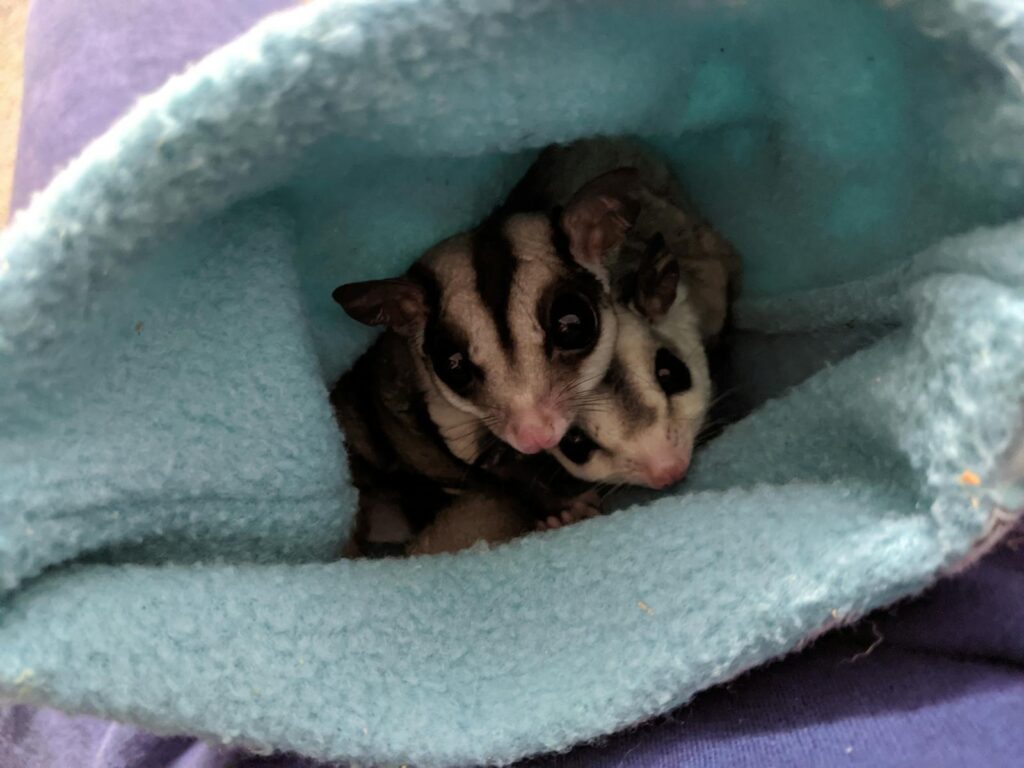
Sugar gliders require a cozy, enclosed sleeping space that mimics the tree hollows they would use in the wild. Provide at least one sleeping pouch per glider, though they will often choose to sleep together. These pouches should be made of soft, safe fabrics like fleece that won’t fray or cause intestinal blockages if ingested. The pouches should be deep enough for your gliders to burrow into completely and feel secure. Position sleeping pouches high in the cage where sugar gliders naturally feel safer. Rotate and wash pouches regularly (at least weekly) using mild, fragrance-free detergent to maintain hygiene while preserving the familiar scent that helps gliders feel secure. During colder months, consider adding extra fleece material inside pouches or hanging heat sources nearby (never inside) the pouch to provide additional warmth, as sugar gliders are sensitive to temperature fluctuations.
Temperature and Lighting Requirements
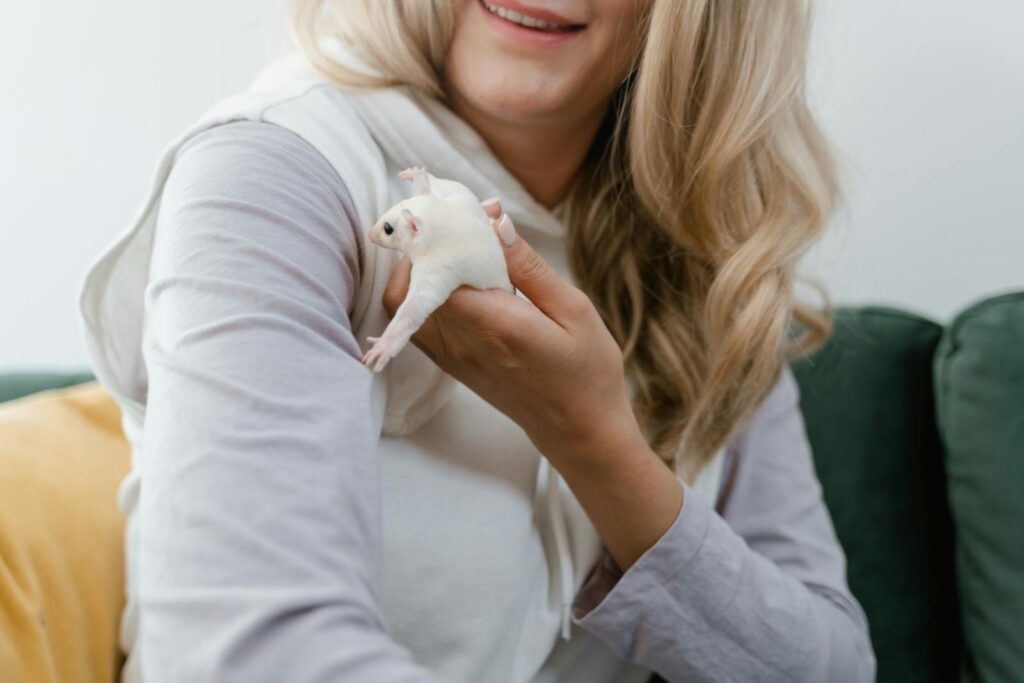
Maintaining the proper temperature range is crucial for sugar glider health and comfort. The ideal temperature range for sugar gliders is between 75-85°F (24-29°C), with humidity levels between 50-60%. Temperatures below 70°F (21°C) can cause sugar gliders to enter torpor (a hibernation-like state), which can be dangerous for captive gliders not adapted to this natural survival mechanism. Since sugar gliders are nocturnal, their habitat should follow a natural light cycle with 12 hours of indirect light and 12 hours of darkness. Avoid placing the cage in direct sunlight, which can cause overheating, and ensure the room has sufficient darkness at night to maintain their natural rhythms. If supplemental heating is needed, use under-tank heaters placed on the side of the cage or ceramic heat emitters positioned safely away from where gliders can touch them, never use heat rocks or lamps aimed directly into the cage, which can cause burns or dehydration.
Setting Up Proper Ventilation

Adequate ventilation is essential for preventing respiratory issues and maintaining a healthy habitat for sugar gliders. Wire cages naturally provide good airflow, but placement of the cage in your home also matters significantly. Position the cage away from drafty areas such as windows, doors, air vents, or air conditioners that could create uncomfortable air currents or temperature fluctuations. Similarly, avoid areas with cooking fumes, strong cleaning product smells, or cigarette smoke, as sugar gliders have sensitive respiratory systems and can develop serious health problems when exposed to these irritants. The cage should be in a room with good general air circulation to prevent the buildup of ammonia from urine, which can damage the delicate lungs of sugar gliders. Regular cage cleaning is also crucial for maintaining good air quality, with spot cleaning daily and a thorough cleaning weekly to remove waste, food debris, and soiled bedding that could otherwise compromise the air quality in their environment.
Installing Branches and Climbing Structures

Sugar gliders are natural climbers and gliders, so their habitat should include an array of branches, ropes, and climbing structures to encourage these behaviors. Natural, untreated hardwood branches like apple, maple, or eucalyptus provide ideal climbing surfaces and help maintain nail health through natural wear. Position branches at various heights and angles throughout the cage, creating pathways that allow your gliders to traverse the entire space without touching the ground, similar to their treetop lifestyle in the wild. Include some longer, diagonal branches that allow for gliding practice, as this is not only physically beneficial but essential for their psychological wellbeing. Ensure all climbing structures are securely attached to prevent falls or injuries, and regularly check for wear and tear that might create hazards. Rotating new branches and rearranging the layout occasionally provides environmental enrichment and prevents boredom by creating novel exploration opportunities for these intelligent animals.
Adding Exercise Wheels and Toys

Physical activity is vital for sugar gliders’ health, making exercise equipment and toys essential components of their habitat. When selecting an exercise wheel, choose a solid-surface model with a diameter of at least 12 inches to prevent tail or limb injuries that can occur with wire wheels or smaller sizes. Sugar gliders also benefit from a variety of toys that stimulate their natural behaviors, such as foraging toys that can be stuffed with treats, puzzle feeders that challenge their problem-solving abilities, and sensory toys with different textures and sounds. Rotate toys regularly to prevent boredom, introducing new items while removing others temporarily to maintain novelty and interest. Simple household items can make excellent sugar glider toys, including untreated wicker baskets, plastic wiffle balls, bird toys with bells or chimes, and fleece strips they can manipulate and nest with. Always inspect toys regularly for damage and remove any items with small or broken parts that could be ingested or cause injury.
Food and Water Station Setup

Proper feeding stations are crucial for maintaining nutrition and hydration in sugar gliders. Use small, heavy ceramic dishes for fresh foods and nectar to minimize tipping and contamination. Position food dishes away from elimination areas and sleeping pouches to maintain cleanliness and prevent contamination. For water, both bottle systems and shallow dishes can work, though bottles typically stay cleaner and reduce the risk of contamination. If using water bottles, check the metal sipper tubes daily for proper function and leaks, as sugar gliders can become quickly dehydrated if unable to access water. Consider installing multiple feeding stations at different levels in the cage, which not only provides enrichment through foraging behavior but also ensures subordinate animals have access to food if there are any social dynamics that might prevent equal access at a single feeding station. Establish a consistent feeding schedule, typically offering fresh foods in the evening when these nocturnal animals become active, and clean all food and water containers daily to prevent bacterial growth.
Selecting Safe Substrate and Bedding

The substrate at the bottom of your sugar glider’s cage requires careful consideration for both cleanliness and safety. Avoid cedar and pine shavings, which contain phenols that can cause respiratory and liver damage in small mammals like sugar gliders. Safe substrate options include paper-based bedding, aspen shavings, or specialized small animal bedding products that are dust-free and highly absorbent. Many sugar glider owners opt for fleece liners as an alternative to loose substrate, which can be removed and washed regularly, eliminating the risk of ingestion or impaction that can occur with loose materials. Whichever substrate you choose, it should be deep enough to absorb waste effectively but not so loose that it could be kicked into food or water containers. Establish a routine of daily spot cleaning to remove soiled areas and a complete substrate change at least weekly, which helps prevent ammonia buildup and creates a healthier environment for your sensitive sugar gliders.
Installing Safety Features

Safety features are essential considerations when setting up a sugar glider habitat to prevent injuries, escapes, and accidents. Secure all cage doors with clip locks or carabiners, as sugar gliders are intelligent enough to figure out simple latching mechanisms. Carefully inspect the cage for any sharp edges, loose wires, or small gaps that could cause injury or provide escape routes—sugar gliders can squeeze through surprisingly small openings. If your cage has multiple levels, ensure platforms have railings or barriers to prevent falls, especially from significant heights that could result in serious injuries. When adding accessories to the cage, avoid items with small parts that could be chewed off and ingested, potentially causing intestinal blockages. Also, be mindful of the surrounding environment outside the cage, keeping other household pets away from the habitat and avoiding placement near hazards like open windows, ceiling fans, or areas where toxic cleaning products are used.
Maintaining Proper Cage Hygiene

Maintaining a clean habitat is fundamental to your sugar glider’s health and requires a consistent cleaning schedule. Implement daily spot cleaning to remove food debris, feces, and soiled bedding, focusing particularly on feeding areas and commonly used spots. Conduct a more thorough weekly cleaning by removing all accessories, washing them with mild, pet-safe soap, and completely replacing substrate or washing cage liners. Monthly, perform a deep clean by disassembling the cage as much as possible and thoroughly disinfecting all surfaces with a pet-safe disinfectant, ensuring all residue is completely rinsed away before reassembling. When cleaning, it’s helpful to transfer sugar gliders to a secure temporary enclosure like a pet carrier with familiar items to reduce stress. Use only unscented, mild cleaning products as sugar gliders are sensitive to chemical odors and residues that can irritate their respiratory systems or skin. Regular cleaning not only prevents disease and parasites but also reduces odors that can develop from sugar glider urine, which contains protein compounds that produce a distinctive smell when allowed to accumulate.
Enrichment and Environmental Stimulation

Beyond the basic habitat requirements, environmental enrichment is essential for preventing boredom and promoting natural behaviors in sugar gliders. Create opportunities for foraging behavior by occasionally hiding treats throughout the cage or using puzzle feeders that require manipulation to access food, mimicking the effort they would exert finding food in the wild. Introduce novel items like paper bags, cardboard tubes, or new textures that provide sensory stimulation and exploratory opportunities. Many sugar gliders enjoy simple activities like tearing paper or manipulating objects, so providing safe materials for these behaviors can be highly enriching. Sound enrichment can also be beneficial, with some owners playing nature sounds or gentle music during evening hours when gliders are active. Perhaps most importantly, allow for regular out-of-cage time in a sugar glider-proofed room where they can exercise more extensively and bond with their human family, which provides both physical activity and crucial social interaction for these highly social creatures.
Monitoring Habitat Conditions

Regular monitoring of your sugar glider’s habitat conditions is necessary to ensure ongoing safety and comfort. Install a digital thermometer and hygrometer within the habitat to accurately track temperature and humidity levels, placing it at midlevel in the cage for the most accurate readings. Develop a habit of checking these readings daily, particularly during seasonal changes when household heating or cooling systems might affect the habitat environment. Regularly inspect all cage components for wear and tear, including checking sleeping pouches for holes, examining climbing structures for stability, and ensuring water bottles function properly. Watch for signs that your sugar gliders might be uncomfortable, such as excessive sleeping, unusual hiding behaviors, or reluctance to use certain areas of the cage, which could indicate environmental stressors. Keep a maintenance log to track cleaning schedules, habitat modifications, and environmental readings, which can be valuable for identifying patterns if health issues arise and for maintaining consistency in care even when responsibilities are shared among family members.
Conclusion

Creating an appropriate habitat for sugar gliders requires careful attention to detail and an understanding of their natural behaviors and needs. By providing a spacious cage with proper sleeping arrangements, temperature control, enrichment opportunities, and safety features, you’ll create an environment where these unique marsupials can thrive. Remember that sugar gliders are social, active creatures that require both physical and mental stimulation, as well as companionship—either from other sugar gliders or through regular interaction with their human caregivers. Regular maintenance and monitoring of habitat conditions will ensure your sugar gliders remain healthy and content. While setting up an ideal sugar glider habitat may seem complex initially, the reward of watching these fascinating creatures flourish in their well-designed home makes every effort worthwhile.


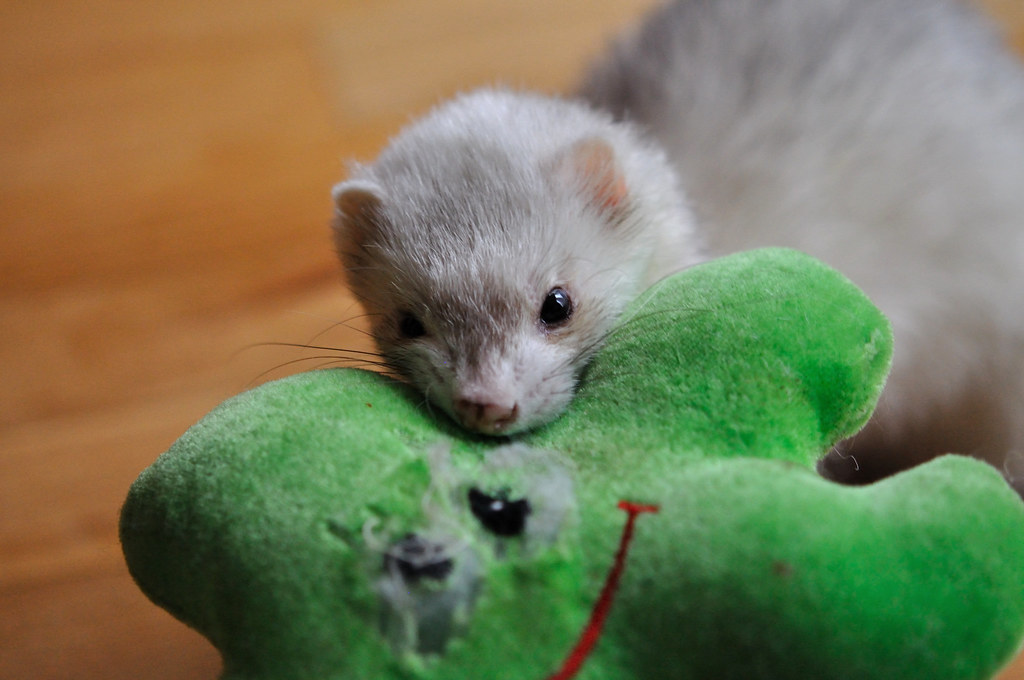
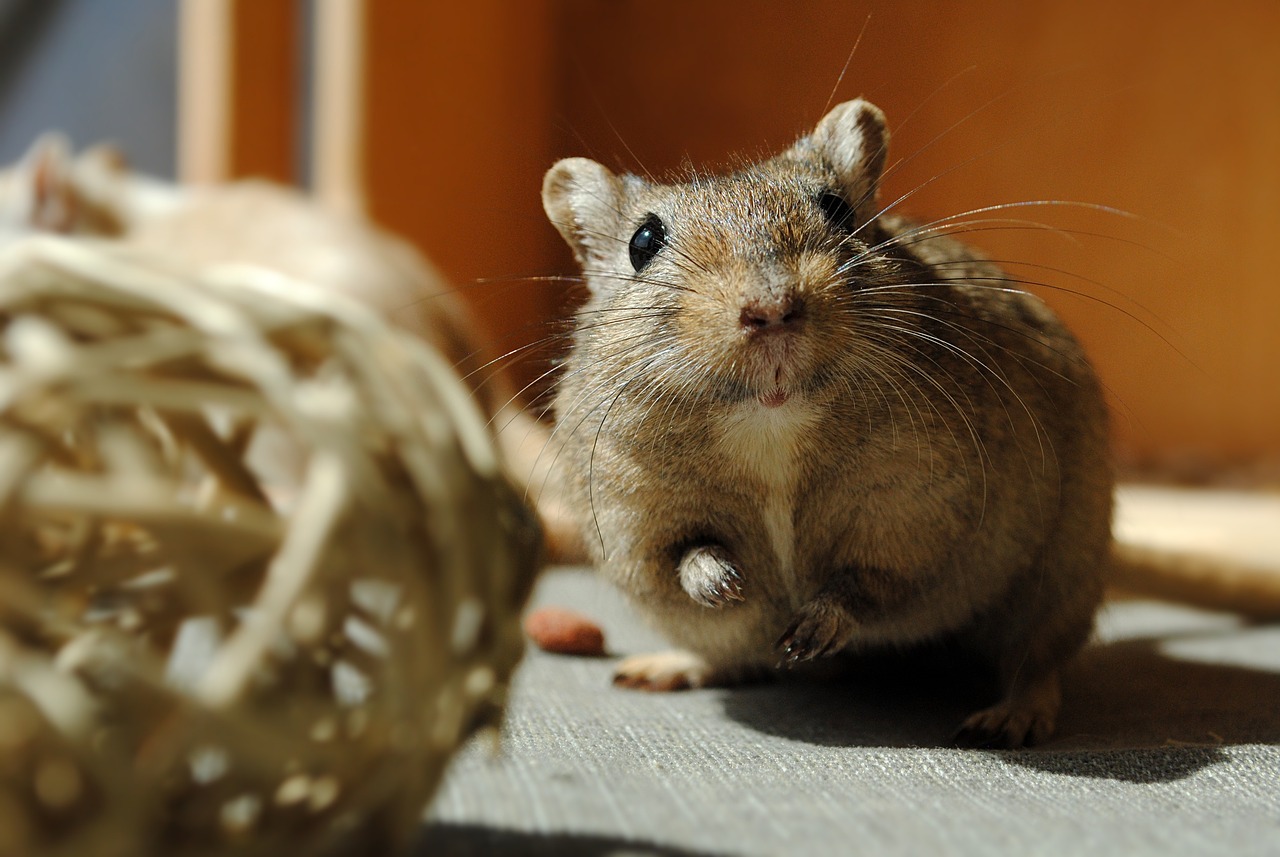

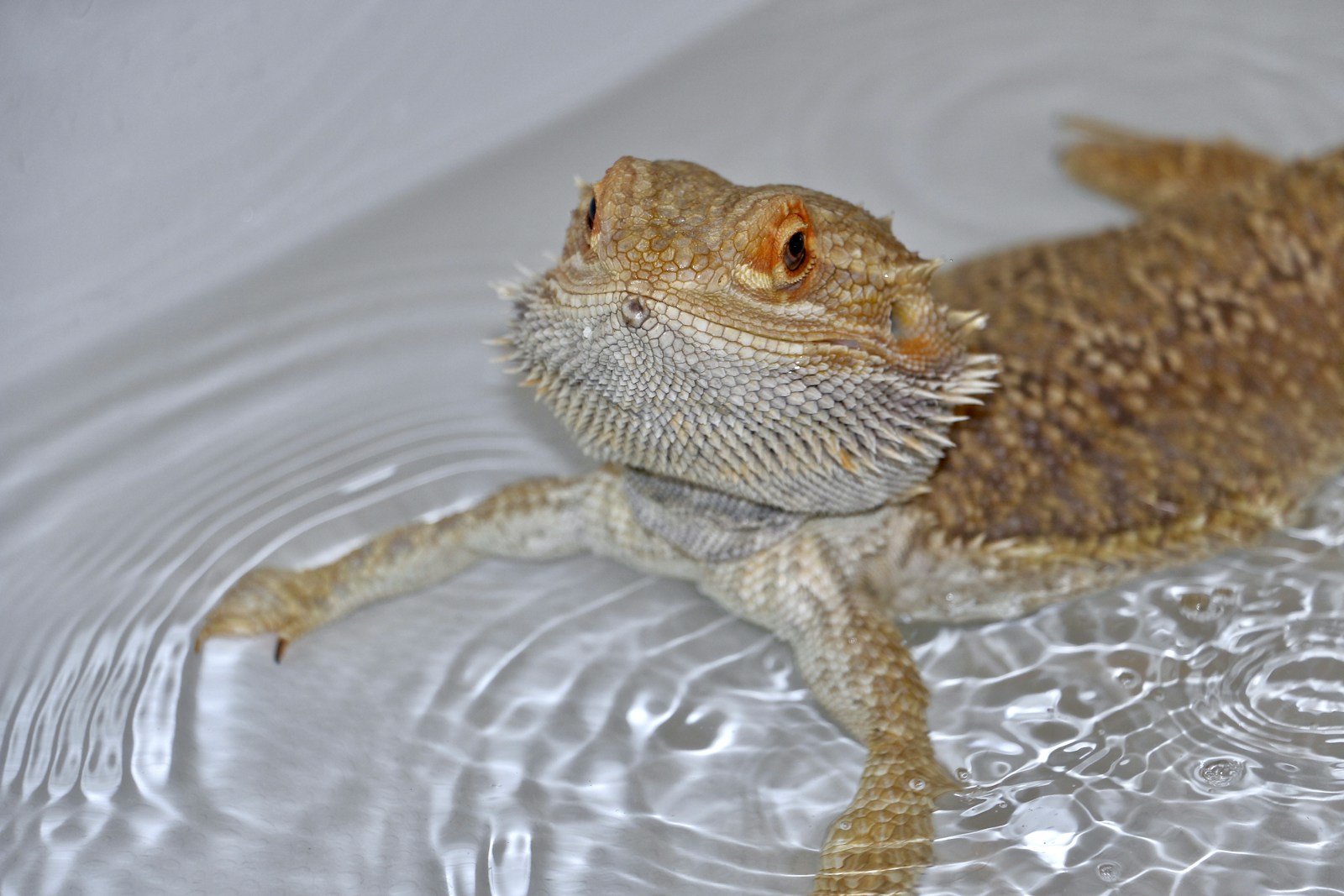

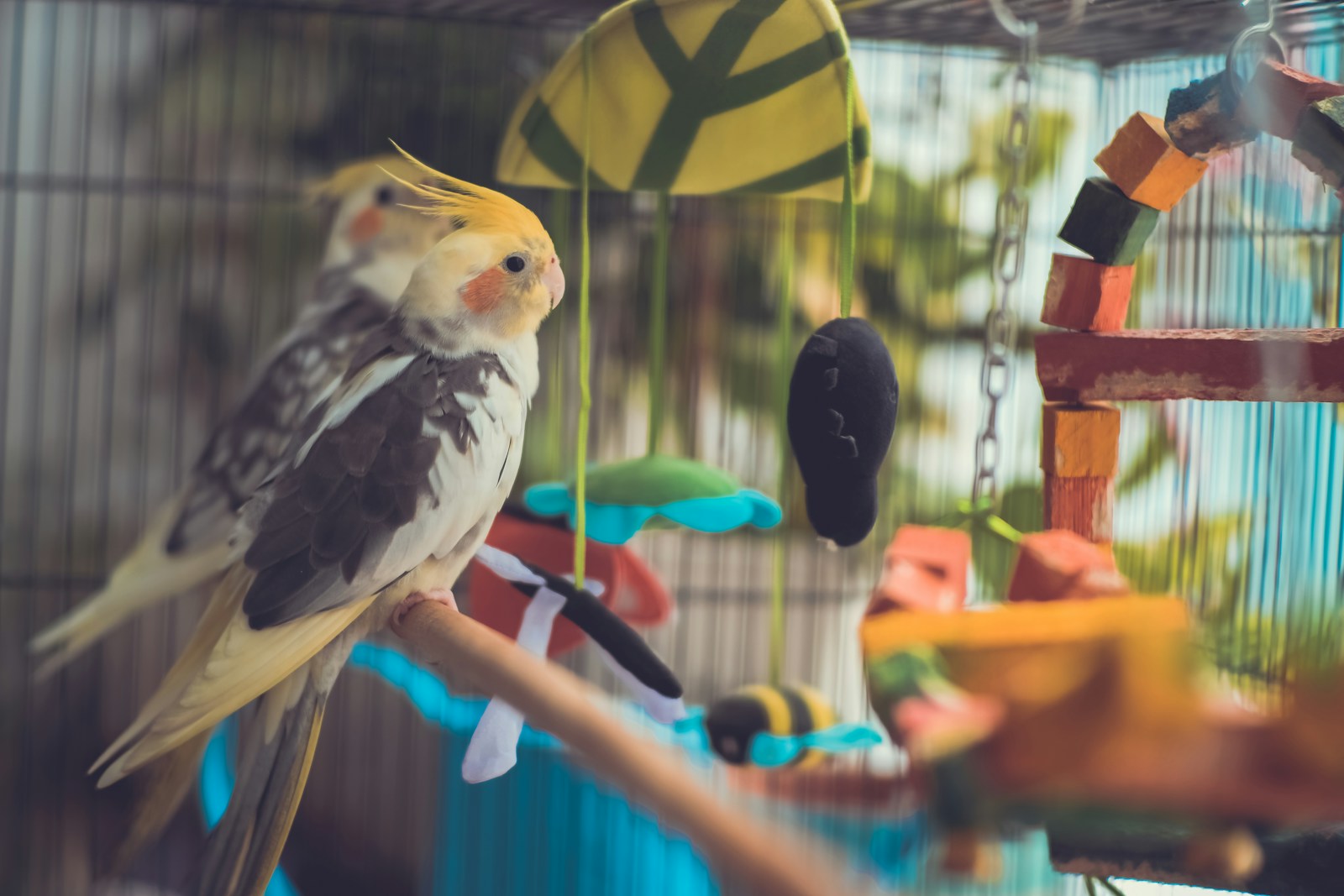
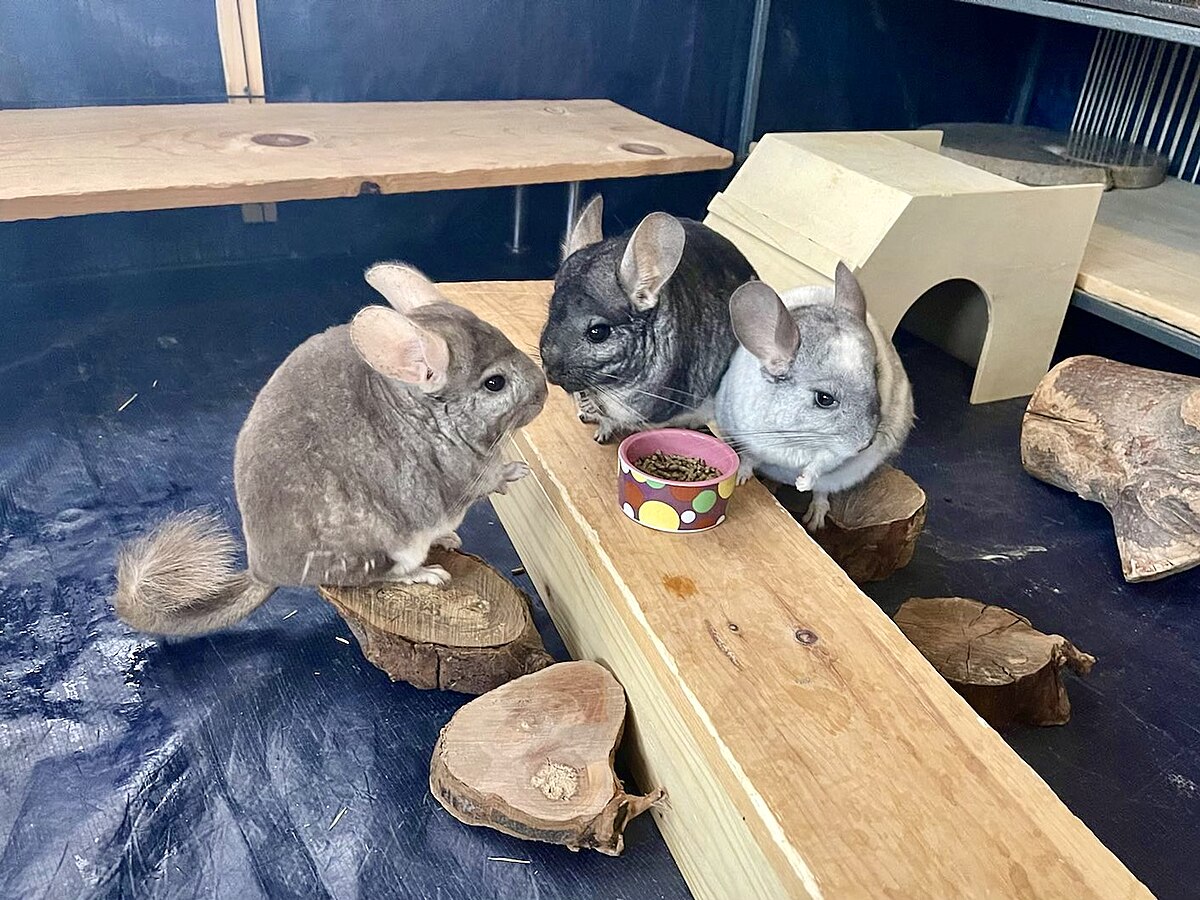

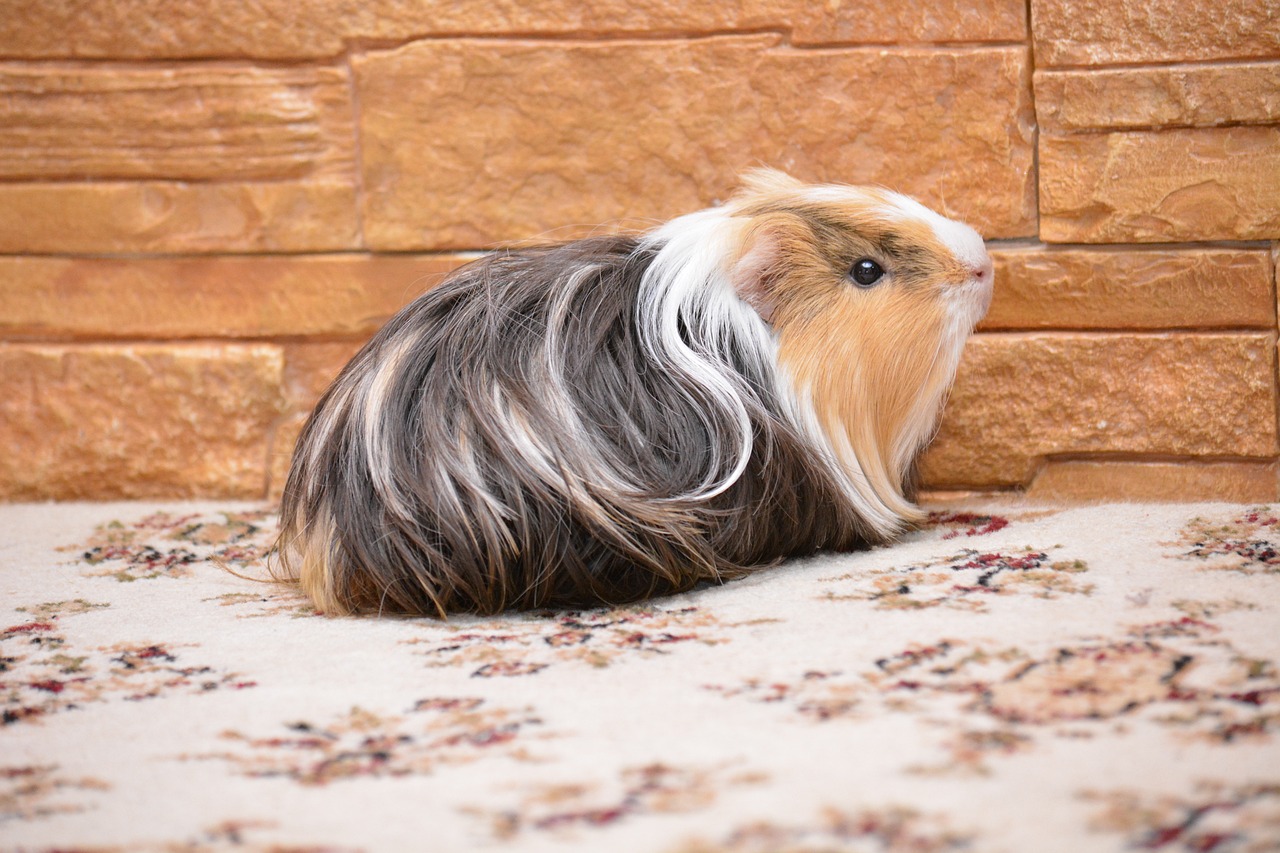
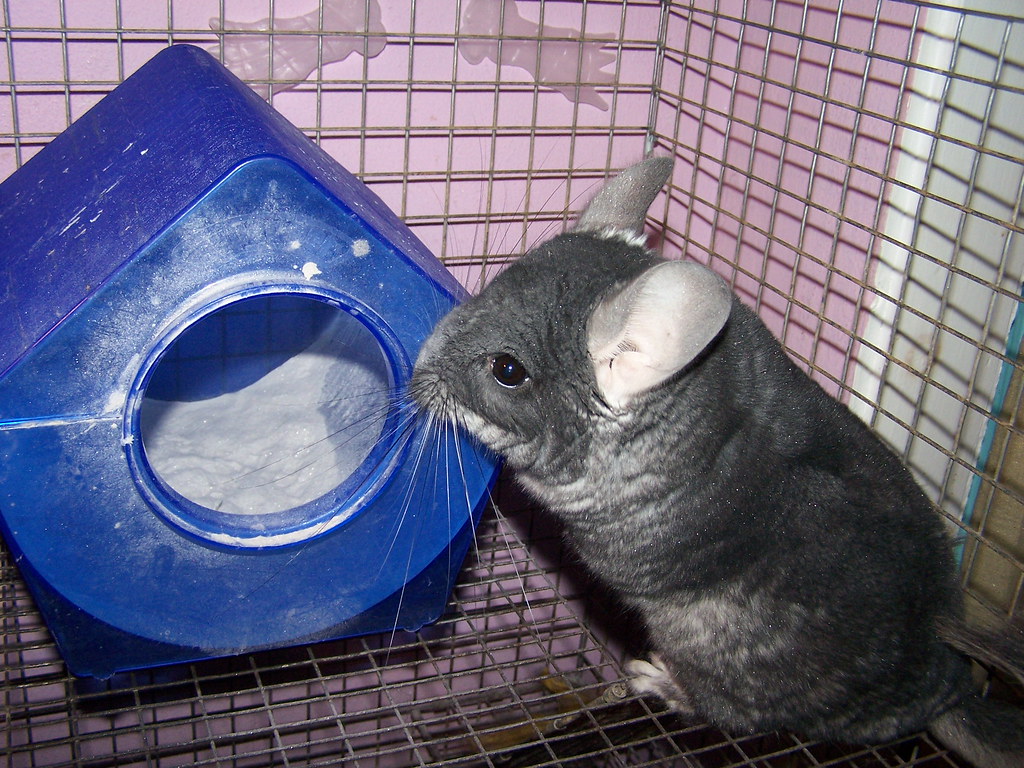




Leave a Reply